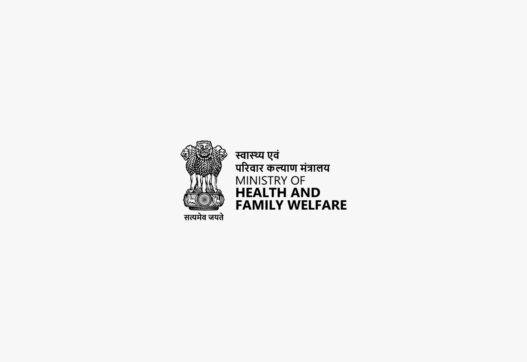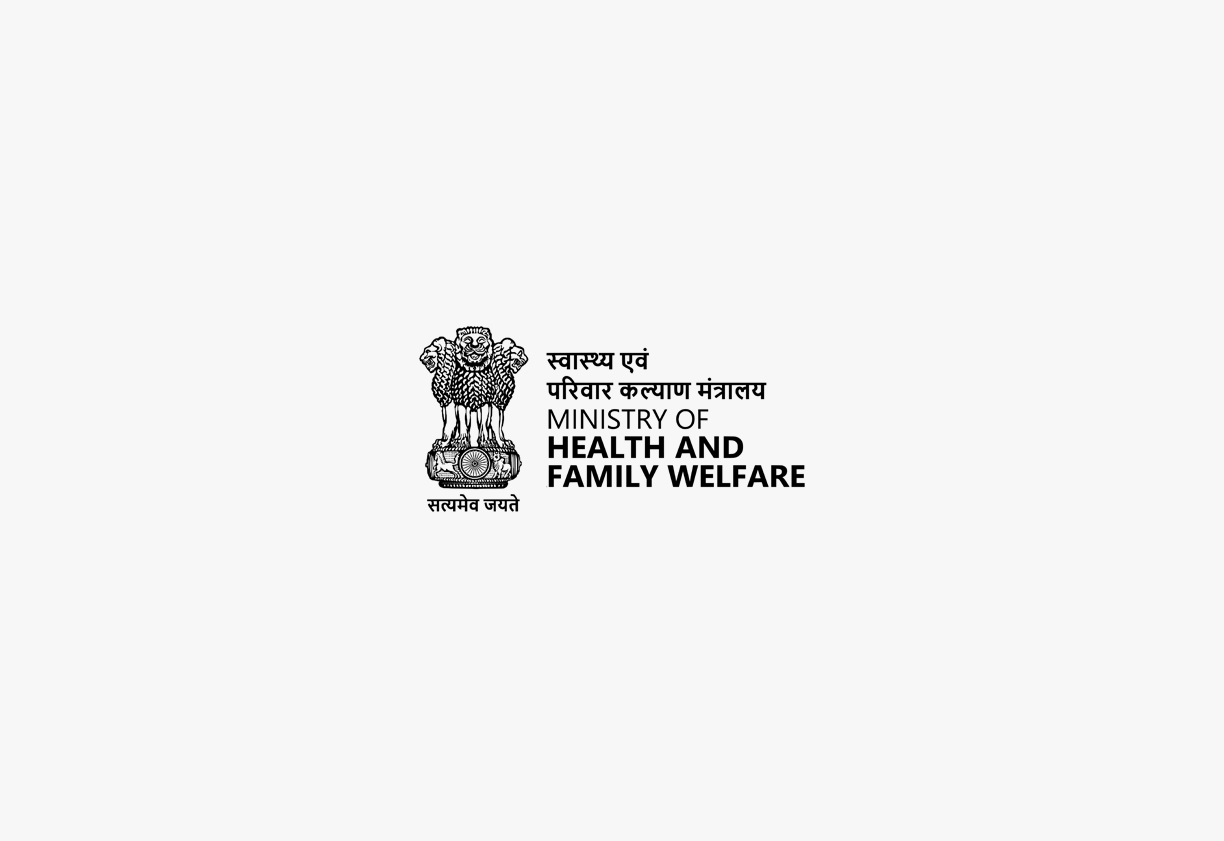Ministry of Health and Family Welfare
The Clinical Establishments (Registration and Regulation) Act, 2010, provides for the registration and regulation of clinical establishments across India. This act aims to establish minimum standards of facilities and services, thereby improving public health.
1: Act Background and Ministry Under Which This Act Is:
The Clinical Establishments (Registration and Regulation) Act, 2010, was enacted to provide for the registration and regulation of clinical establishments in the country. This act aims to prescribe minimum standards of facilities and services that these establishments should provide, thereby improving the quality of healthcare. The act falls under the administrative purview of the Ministry of Health and Family Welfare, which is responsible for the implementation and oversight of healthcare regulations and standards in India. The ministry plays a crucial role in ensuring accessible and quality healthcare services.
2: Enactment Date, Number of Chapters, Number of Sections:
The Clinical Establishments (Registration and Regulation) Act, 2010, was enacted on 18th August, 2010, and is known as Act No. 23 of 2010. The act is structured into seven chapters. It comprises 56 sections, covering various aspects such as definitions, the establishment of the National and State Councils, registration procedures, penalties for non-compliance, and miscellaneous provisions. The act also includes a schedule listing the states where the act initially applies. The act has been amended over time to reflect changing requirements.
3: Act Governed By:
The Clinical Establishments Act is governed by the Central Government, which has the power to make rules and regulations under the Act. The act establishes the National Council for Clinical Establishments to oversee the implementation at the national level. State Governments also play a role through the establishment of State Councils and district registering authorities. The act is governed by the provisions outlined within it, as well as rules and regulations framed by the Central and State governments. It is therefore a combination of central and state oversight.
4: On Whom It Is Applicable:
The provisions of the Clinical Establishments Act are applicable to all clinical establishments in India, including hospitals, nursing homes, clinics, and diagnostic centers. The act also applies to the National Council, State Councils, district registering authorities, and all those involved in the administration and regulation of clinical establishments. The act aims to ensure that all clinical establishments meet minimum standards of care and facilities. The general public are indirect beneficiaries of the act’s provisions.
5: Penalties/Punishments:
The act prescribes various penalties for non-compliance, including:
-
Non-Registration: Operating a clinical establishment without registration attracts monetary penalties.
-
Disobedience of Directions: Disobeying directions or obstructing authorities can result in monetary penalties.
-
Minor Deficiencies: Failure to meet minor requirements attracts monetary penalties.
-
False Information: Providing false information attracts monetary penalties. The act emphasizes compliance through monetary penalties.
6: Important Pointers:
-
National Council: The act establishes a National Council for Clinical Establishments to set standards and oversee implementation.
-
State Councils: It provides for the formation of State Councils to maintain registers and enforce standards at the state level.
-
Registration: It mandates the registration of all clinical establishments, ensuring that they meet minimum standards.
-
Provisional Registration: It provides for a provisional registration process to facilitate the initial registration of clinical establishments.
-
Permanent Registration: It outlines the requirements for obtaining a permanent certificate of registration.
-
Standards: It empowers the Central Government to prescribe minimum standards for clinical establishments.
-
Inspection: It allows for the inspection of registered establishments to ensure compliance.
-
Rule-Making Power: It empowers the Central and State governments to make rules for carrying out the purposes of the act. The act aims to regulate healthcare standards and ensure patient safety.
7: Act Copy:




